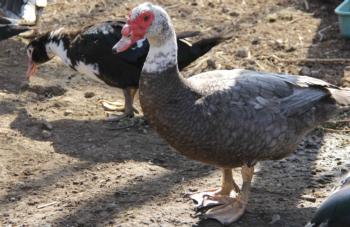Animals and Bees

It’s important to check your city’s zoning codes to determine what animals are allowed, and under what conditions. Policy and legal considerations for including animals in urban agriculture are available at UrbanAgLaw.org.
It’s also wise to befriend your neighbors and be generous in sharing the fruits of your labor. If you work to minimize noise and smells, follow applicable laws, and cultivate open communication with neighbors, this will go a long way towards making your animal agriculture project a success.
Managing animals appropriately and ethically is also critical. Before adding animals to an urban agriculture project, it’s imperative to learn all you can about their needs, and consider in advance what you will do when the animals’ productivity is at an end. Recent reports suggest that urban animal shelters and animal rescue organizations are beginning to see an increase in unwanted backyard chickens and other backyard livestock. Adding animals to urban agriculture, whether a backyard farm or a community project, requires special consideration and planning. We have included resources for the management of poultry, bees, livestock, and fish.


